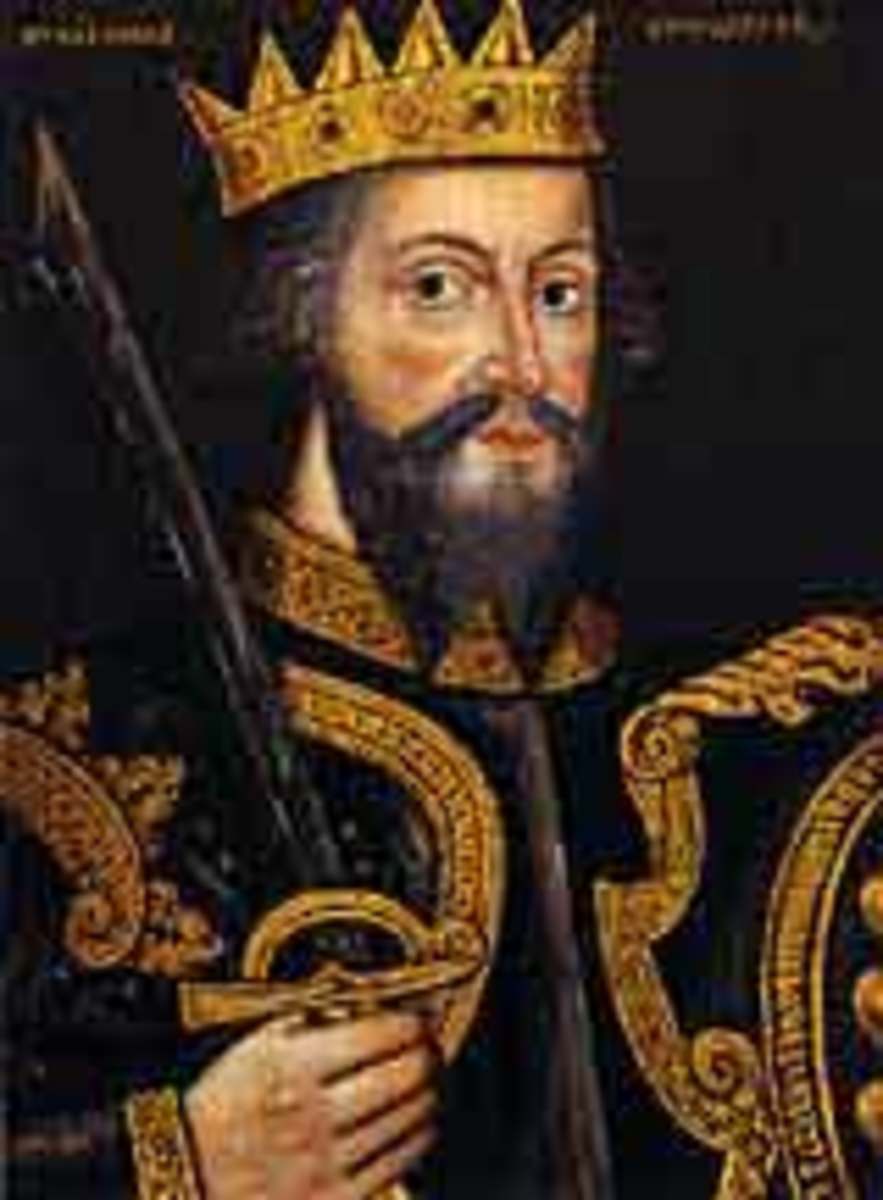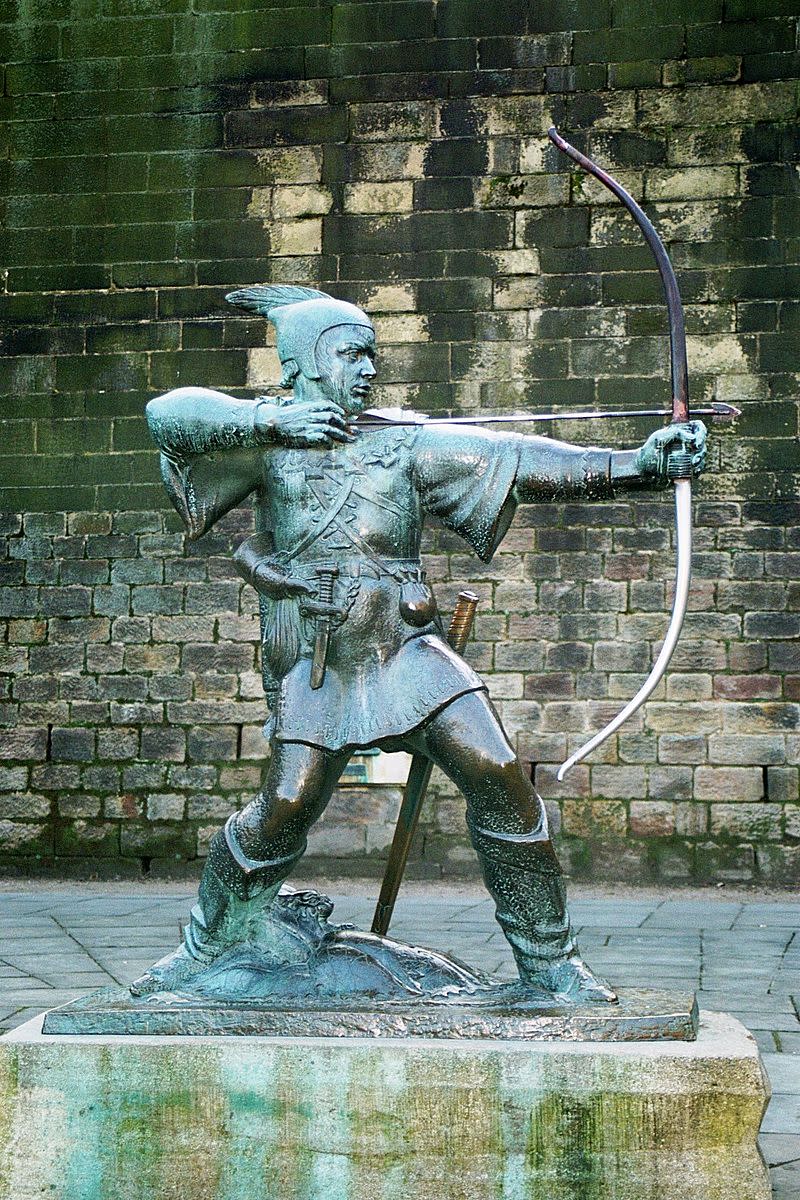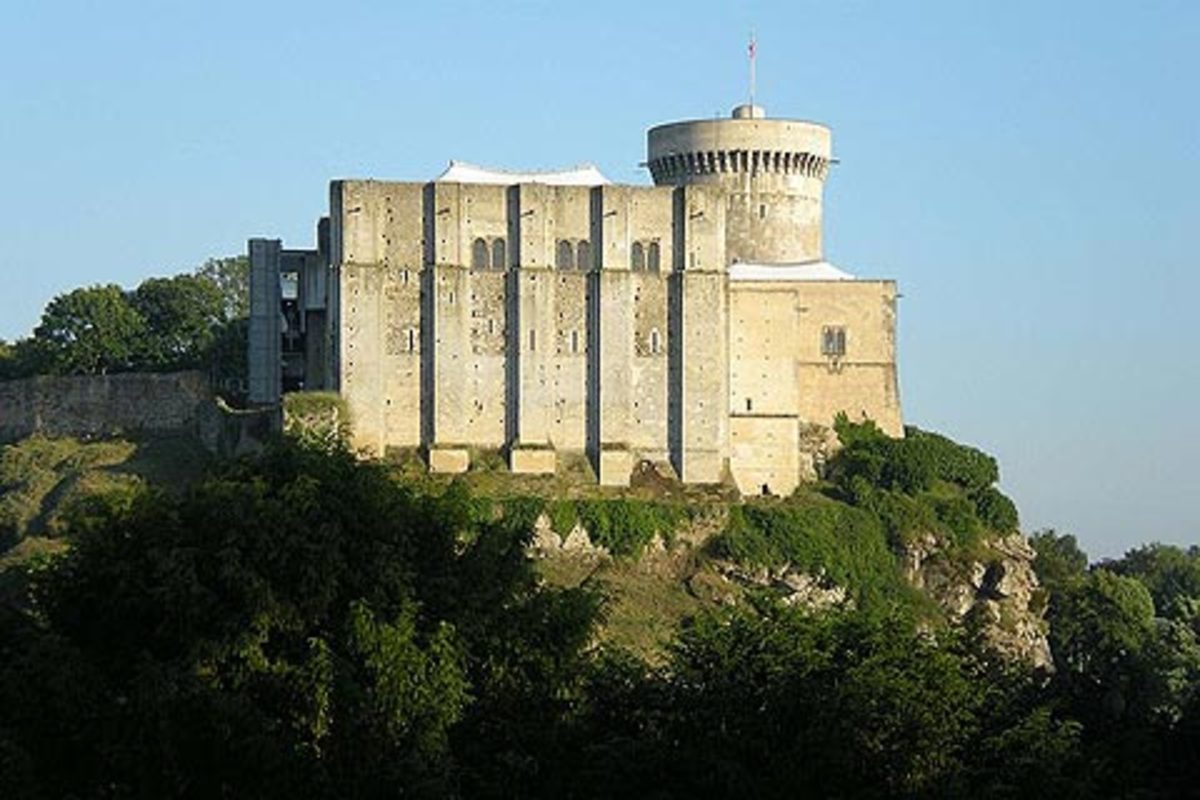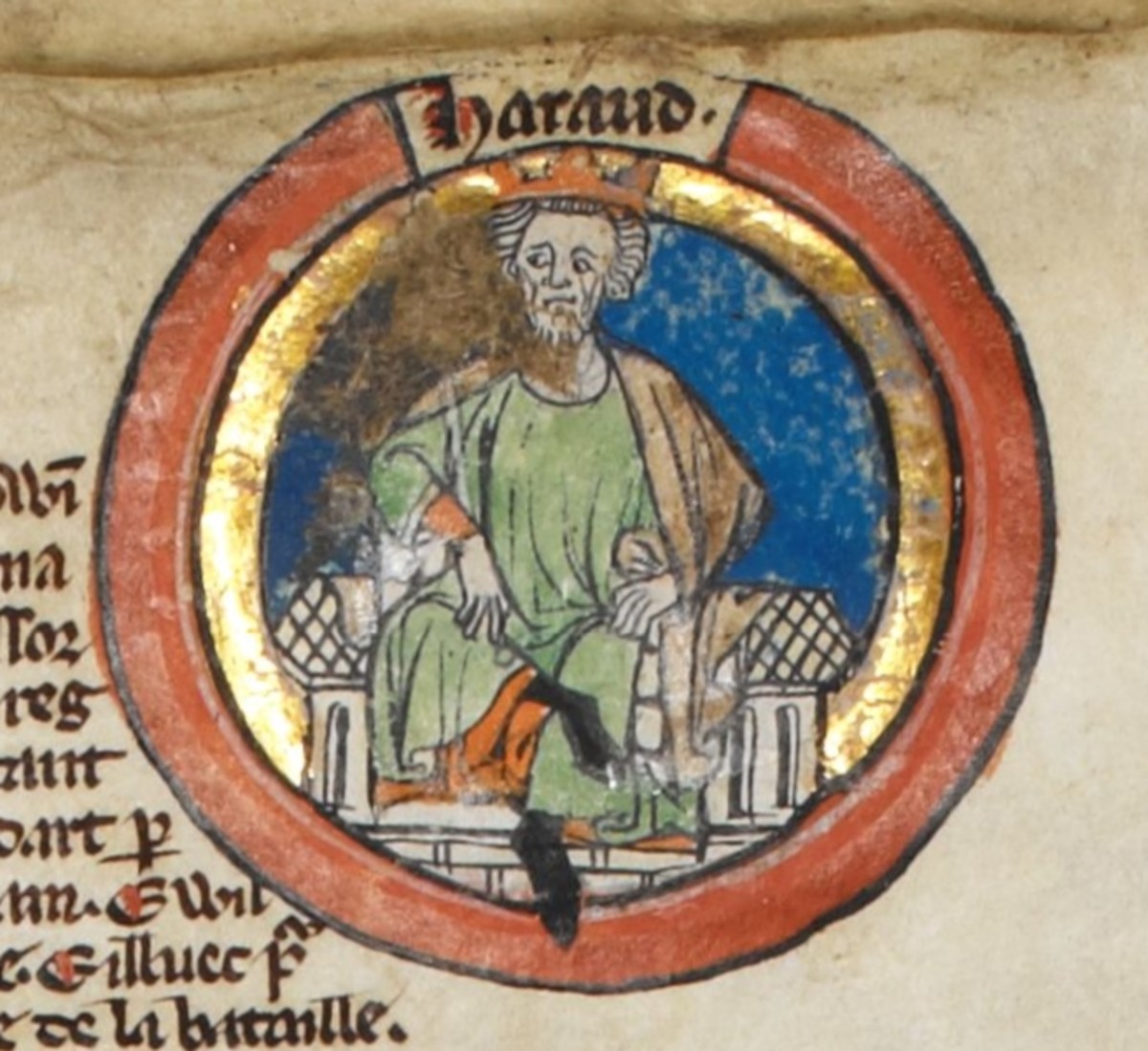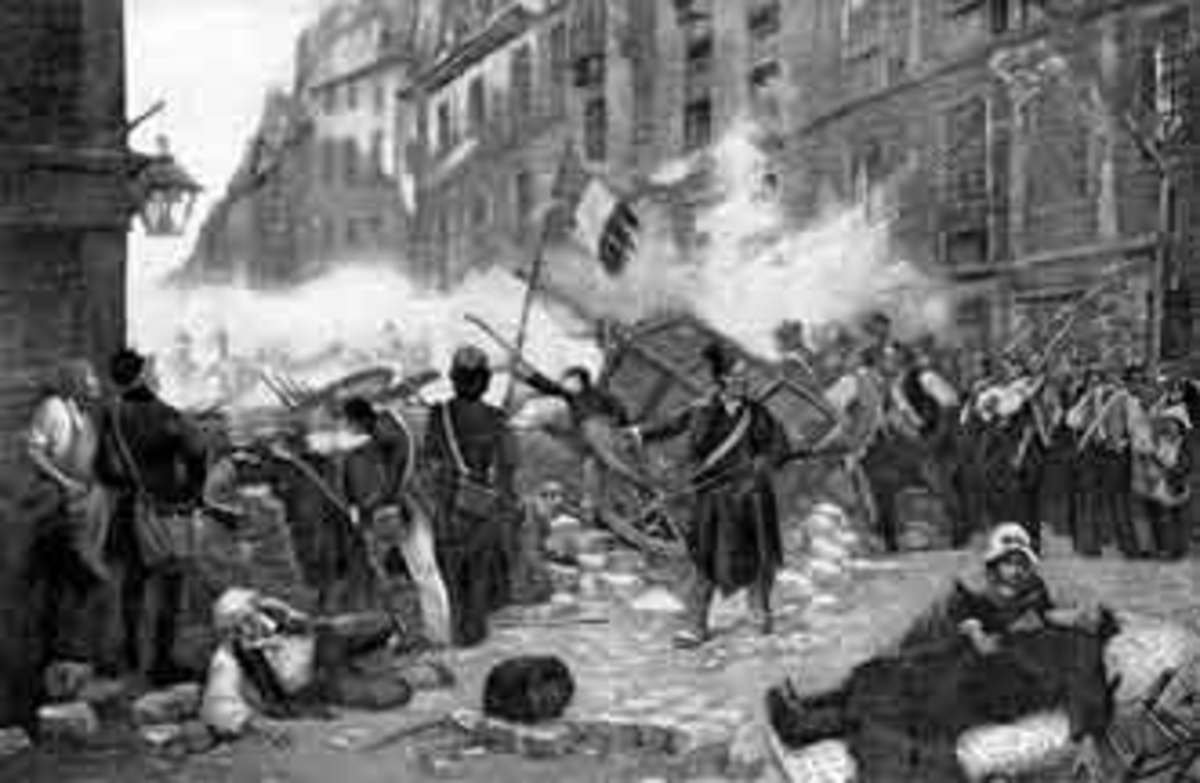The Reign of the Conqueror (History in a Nutshell No.14)
After the decisive Battle of Hastings, in which Duke William (known as The Bastard due to the rumoured illegitimacy of his birth) proceeded with his Norman knights, French and Breton troops, to London. His brutality at suppressing the natives of England would earn him the epithet The Bastard for completely different reasons. He and his Normans would be hated by the English.
William moved his forces to Romney where he began carrying out reprisals against English resistance. He set fire to the town of Dover. William understood that the inhabitants of Kent were fiercely resistant, so he laid waste to much of the county as he made his progression towards Canterbury and then onwards to London itself.
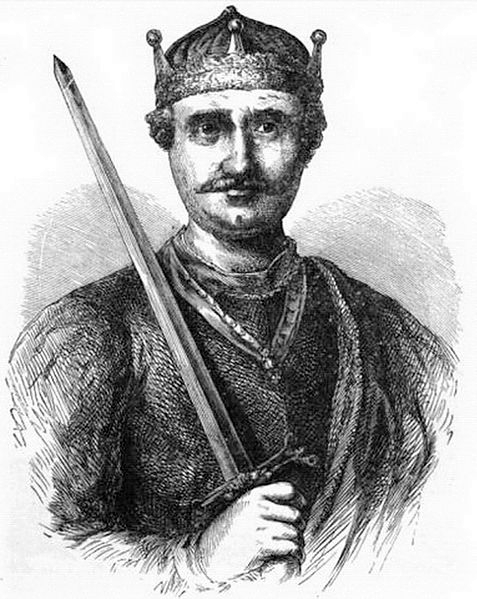
Resistance in London
But when William's forces reached London, he found that the citizens held on strongly on old London Bridge, led by Prince Edgar of the Royal House, a grandson of Edward Ironside, who had been briefly king (April to November 1016) prior to the reign of king Canute.
When William was met with such resistance he set fire to Southwark, and then encircled the city with destruction in Surrey, Hampshire and Berkshire.
Eventually, Archbishop Stigand of Canterbury offered his submission to William. When this happened, the remaining Saxon leaders gave in, because William's forces were committing mass destruction wherever they went and seemed unstoppable. By December 1066 the remaining leaders of English resistance surrendered.
William the King
Subsequently, Duke William was crowned king on Christmas Day 1066 in Westminster Abbey. But even then, at this solemn ceremony, there was chaos; there was much noise in the Abbey due to the question arising of the acceptance of the new king, put to the congregation in both English and French, and the clamour of this momentary disruption was heard outside the Abbey walls. William's guards, hearing this, thought that there was an uprising within the Abbey itself, so they set fire to the surrounding buildings.
However, when it was revealed that there was no uprising within the Abbey and that the congregation had acknowledged William as king, the ceremony continued. Duke William was now King of England.
William now plundered the resources of the English people he had conquered, sending back to France much booty to reward his supporters. Almost immediately, William's reign saw the building of castles all over the country, one of the most notable (or notorious) being the Tower of London right on the banks of the Thames. William put his stamp on the country with these edifices, the like of which had never been seen before in England.

Hereward the Wake
But in the north of England there was resistance to the new Norman king. In fact, this resistance was nationwide. But William immediately sent his forces and destroyed any resistance which existed wherever he found it. The destruction in the north by the Normans was so severe that it caused famine amongst the peoples there.
There now arose one named Hereward the Wake, (Wake, a possible meaning is the Watchful) who formed a strong force of warriors to resist the Normans. Much of his rebellion took place in the southern parts of East Anglia, where he constantly harassed and attacked the Normans wherever he found them. In retaliation, the Normans destroyed Ely in Cambridgeshire in 1071, and after this event, Hereward and his guerrilla forces retreated into the fenlands.
We hear no more about Hereward after this, yet the name Hereward the Wake and his resistance to Norman tyranny would pass into English legend. Like the legendary Robin Hood, Hereward was a Lincolnshire man, possibly of a lower ranking nobility. He represented the last of true resistance to the Norman invasion.
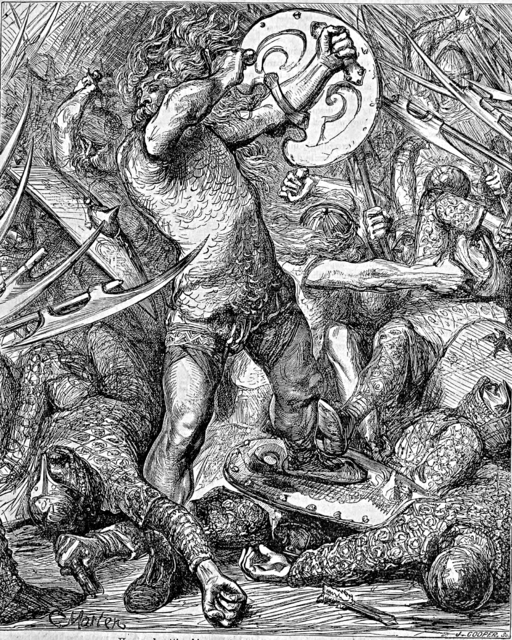
Land Confiscations
From 1067 onwards, William confiscated land from the English and transferred it into Norman hands. He then entrusted much of this land to his half-brother Bishop Odo in Kent and his steward William fitzOsbern in Herefordshire. By the end of William's reign there were almost no English landowners in the country at all. William absolutely raped the country for all it was worth and ruled with an absolutist rule with the English not as subjects but as a subjected people.
The Domesday Book
William the conqueror barely spent any time in his new kingdom. He mostly resided in France where he was still Duke of Normandy.
But in the year 1086 one notable event instigated by William which altered Britain (and would provide future generations with an astonishing eye-witness account of life in England during the 11th Century) was the creation of the so-called Domesday Book. The manuscripts have been so-called Domesday because of the incredible finality of the records, and because it was said to spare no man and to judge all men indifferently which might only be expected at the end of the world.
This book was a record of all the landholdings which existed in England at that time, including cattle, pigs, sheep and oxen, all listed and numbered across the land. It was a staggering documentation of all that went on in the kingdom and who owned what and where it was. This was done chiefly for William's tax collection service and legal officials, so that the Normans might more easily control and govern the land as well as administer to it. Nothing like it had been seen before, and even by modern standards it is admirable in its incredible scope and detail, all written down by hand and compiled into one record of the nation.

William and Family Dissent
William may have conquered England but he was not able to stem resistance from his own family members. His eldest son, Robert, caused a rebellion against his father in the year 1078. In the year 1079, father and son met personally in battle in Normandy and fought it out on mounted chargers. William was wounded in the hand and withdrew from the conflict. Eventually, he left Normandy to Robert.
William's half-brother, Bishop Odo of Bayeux, who had been so closely involved in the Conquest itself, was ambitious and scheming and acted as Regent whilst William was abroad in France. But in the year 1082 Odo made a bid to become Pope, which William strongly disagreed with as it did not serve Norman interests. When William realised the extent of Odo's ambitions, he no longer trusted him and had him imprisoned for the rest of his reign.
The year 1087 saw the final year of William's reign. In the July of that year, having invaded parts of France and destroying Mantes, his horse was startled amidst the burning buildings and he fell forward onto the pommel of the saddle, receiving an internal wound to his abdomen. William had become very fat in his later years, and the injury was severe. He suffered with infection from the wound until 9th September, when he expired.
It was said that when his body was buried at the church of St. Etienne in Caen, Normandy, William's body was so obese that it barely fitted into the coffin, and the efforts to cram the corpse inside it caused the abdominal wound to burst, which then emitted a dreadful stench.
The reign of William the Conqueror was over.
Historical Sources:
Books: William the Conqueror and the Battle of Hastings ~ Pitkin Guides
Recording: This Sceptred Isle by Christopher Lee for the BBC Radio Collection
© 2019 S P Austen

